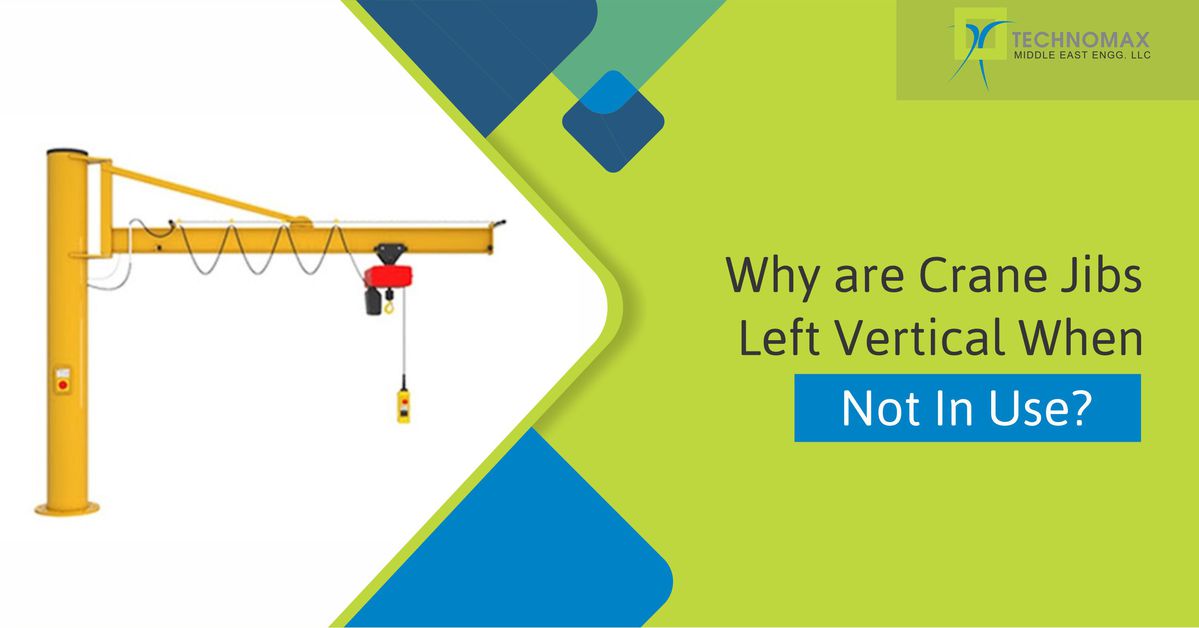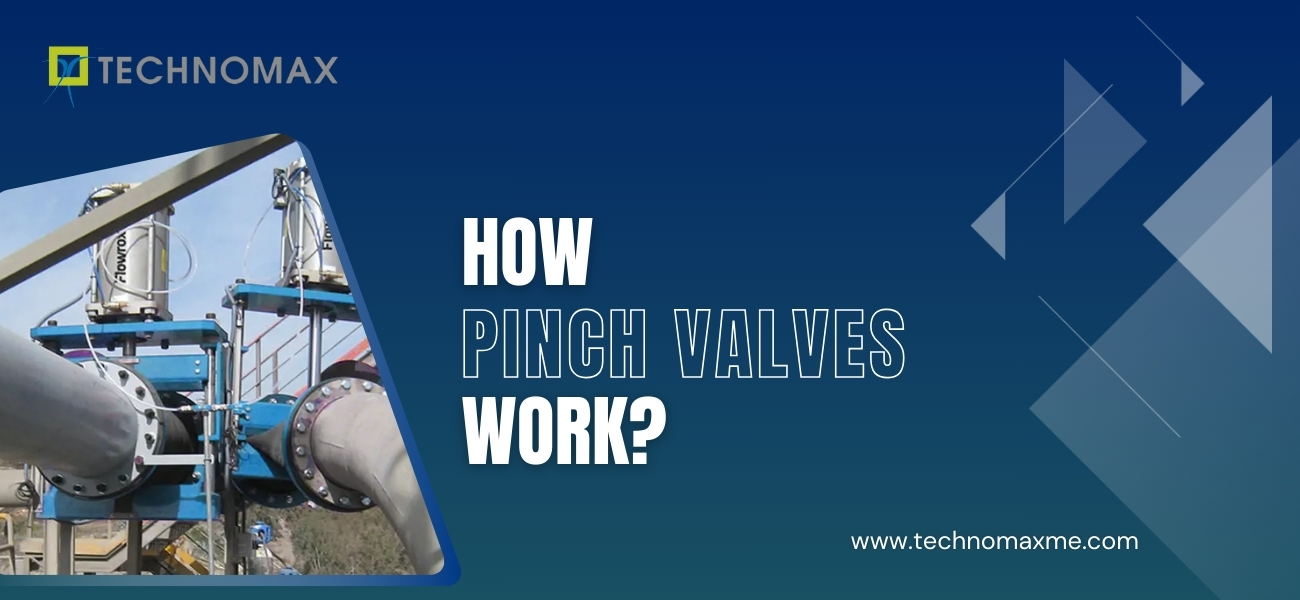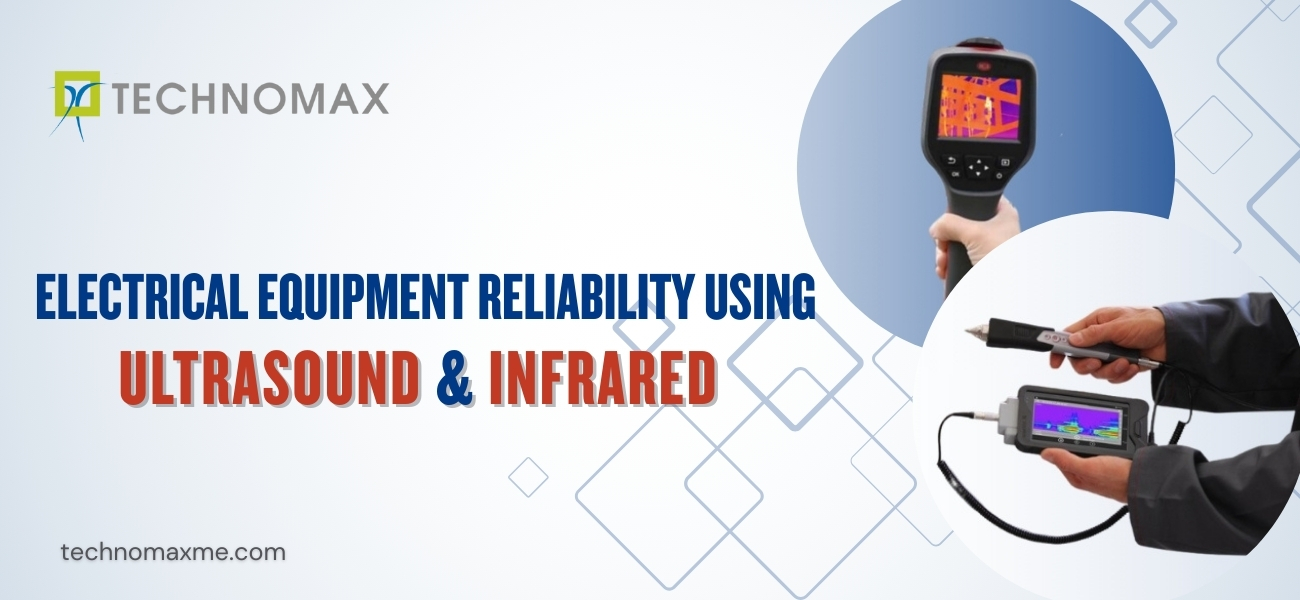
Introduction
The crane jibs are not always vertical and, in many cases, would be in a dangerous position if left vertically. When they are left vertical, it is usually for more practical reasons. Do not assume that there is less force on the crane structure when the boom and crane Jib are almost vertical. Yes, the arm and the spear may see less force, but they are incredibly strong and designed to withstand forces far greater than their own dead weight.
What usually concerns us is the inversion of forces. In many configurations, the highest tipping forces occur when the Boom and crane Jib are at high angles with no load on the hook. This is because the counterweight designed to counterbalance a heavy load within a given radius creates an unbalanced condition as far as the crane installation is concerned.
Read more about:
Hydraulic Mobile Crane Installation
In the case of a mobile hydraulic crane, the Jib can be stored in an almost vertical position in an urban area to save space. Lowering the crane Jib at a certain displacement, or even to the ground, can consume a lot of space needed for other deliveries or pumping operations. Folding and removing the clamp takes time, and leaving it assembled can save an hour or more every day.
Tower crane
The Jib can be stored in an almost vertical position for a similar reason; real estate. The upper part of the crane is left free to rotate with the wind. Since the tower crane is presumably located in a dense urban area, you will not want your arm to rotate on your neighbor's building or another tower crane in the same location.
In the operation manual of any crane, there is usually a section devoted to acceptable storage locations for various configurations and different climatic conditions. The manufacturer will specify items such as the appropriate arm and arm angles and when the top can be locked or allowed to turn or "twist."
Most commonly, in the crane installation, you will see mobile hydraulic cranes parked with a swing or folding arm stored at zero degrees to the main Jib. While this may be what we see most often, manufacturing more than likely allows for multiple angles of displacement, usually 0, 20, and 40 degrees. The parking configuration table in the manual will provide the appropriate jib angle for this shift and specify the maximum wind speed for this configuration. This is something we should know before crane installation.
Crawler cranes and mobile cranes with lattice jibs and wishbones can be stowed in a variety of positions, although they are not always vertical. You can see these large cranes with a nearly vertical 88-degree main jib with a jib offset of only 10–20 degrees when parked. A more conservative parking position is the "pocket knife" position, where the main arm is at a high angle, and the tip of the Jib is close to the ground. Technomax Provides services for crane installation in Abu Dhabi.
You can imagine similar reasons when considering how to store one of these large cranes. Much easier to get it to work on your website than to put it on the street every day. This will save not only time and space but also a skilled operator who is required to get in and out of horizontal and knife positions.
Light on safety after crane installation
A highly skilled operator is required to move large cranes in and out of approved storage locations. Many accidents occur when the crane is moved from an operational position to a storage position and vice versa.
• Evacuate the area located in the path of the boom and crane Jib as you move the crane to and from a parking position that is at least equal to the total length of the Jib and Jib.
• Be sure to always follow the manufacturer's approved procedures. Do not substitute the crane's software or safety features.
Check the local weather forecast regularly to check the surface speed and gusts for the length of time the crane will be stationary. I recommend the National Weather Service's local weather maps for you in the UAE.
• Assign a person to monitor weather conditions during long parking periods and ask an operator to move the crane to an appropriate location if the expected weather conditions change. If possible, place the crane in the most conservative parking position if the crane is left unattended for more than a few hours. This usually means a horizontal jib with the tip of the Jib on the ground.
• If using a hydraulic arm and a swing arm, consider fully retracting the Jib and placing it in a horizontal position. If a hydraulic failure occurs while the crane is not supervised, the crane Jib and Jib may fall, or the crane may become unstable.
• If using a parking position that is not listed in the operator's manual, consult the manufacturer's technical department for customs procedure and wind speed criteria.
Summary:
When the Jib of a Luffing crane is somehow parallel to the ground, the weight of the Jib transmits a tipping moment on the crane. When the crane Jib is more vertical, the load becomes axial so that there is less stress on the entire system if left unattended when not in use. Also, the rotational force applied to the base of the crane is less if the wind blows. Tower cranes are usually left free to turn like a weather vane in the event of a wind storm. Technomax has earned a leading name in providing services for crane installation in Abu Dhabi
Let us first know what a jib crane is
A crane with a flat part known as a blast or jib underpins a moveable derrick fixed to a divider, or a story-mounted column is known as a jib crane. The jib is utilized generally in mechanical premises and on military vehicles that may swing through a bend, giving extra parallel development. It can, likewise, be fixed. The jib cranes can similarly be fitted on the highest levels of stockroom structures to lift products to all floors from the beginning to the top.
The jib is a working arm that expands on a level plane from the crane. The jib on a jib crane is an inclined swagger that bolsters a fixed pulley block. Links are folded on various occasions over the fixed square, and another square is joined to the heap. The free finish of the association is pulled (physically or utilizing a winding machine). The pulley framework conveys power to the mound equivalent to the applied force increased by the number of lengths of links passing between the two squares. This number is known as the favorable mechanical position.
Jib Crane Design and Components
Generally, crane jib frameworks have an essential plan and development. Contrasted with workstation cranes and scaffold or gantry cranes, they're easy to work and require less upkeep since they have fewer parts that might break down or come up short.
The following is the portion of the parts and terms you'll see referenced through this article:
- Reach/Boom – the flat shaft that the streetcar goes to and fro on.
- Pole/Pillar – the vertical bar used to help the blast on unattached and pole frameworks
- Versatile Hoist – the derrick is utilized for lifting, positioning, and lowering a heap.
- Streetcar – the movement of the streetcar can be manual, mechanized, or pneumatic. The streetcar conveys the derrick, wire rope or chain, and the snare along the whole length of the blast.
- Revolution – on unsupported and pole-type jib cranes, you can accomplish 360° of blast turn. On-divider and section-mounted jib cranes, and you can achieve 180-200° of the pivot.
- Jolt/Pneumatic Power – electric authority rings or pneumatic aircraft can be added to the top or lower part of the pole to give pivot help and permit to ceaseless 360° blast turn.
- Controls – on mechanized or air-fueled jib frameworks, you can utilize a press button regulator to control the blast's turn and the streetcar's movement. The lifting and bringing down movement of the derrick. Multi-speed or variable speed controls are accessible for the lift and streetcar.
- Snare Height – How high can you or would you like to go with your lifts? You'll have to realize the most reduced overhead check to know how tall your jib crane can be.
- Pivot Stop – if the crane is found near a divider or other hindrance, a revolution stop will restrict the crane's movement before slamming into a nearby object.
- Natural Considerations – the parts of the crane jib framework can be excited to oppose consumption for outdoor applications. Additionally, unique control nooks can be intended for blast evidence applications and different conditions where heat, residue, soil, or dampness might be variables.
Types of Jib Crane Systems
DETACHED JIB CRANES
It is the most widely recognized kind of jib framework since it very well may be introduced anywhere, including inside or outside. You can choose to use a detached crane jib framework under enormous extension crane frameworks or in open regions to help singular work cells. They can be utilized outside at marinas or stacking docks and inside for machining and getting together tasks, where you can use different jobs for organized activity.
Ordinarily, unattached jib crane frameworks can oblige:
- Ranges up to 50.'
- Limits as much as 15 tons
- 360° of revolution
- Blast statures up to 40.'
There are three basic plans for detached jib cranes regarding how they can be mounted and introduced:
- Base-Plate Mounted: These are the least demanding to introduce and the most mainstream plan. The pole is made sure by blasting a base plate onto a strengthened solid establishment and afterward fortifying the pole with gussets.
- Establishment/Insert Mounted: These have a welded steel plate at the lower part of the pole, secured during the first-pour stable balance. A subsequent cement pour upholds the pole—killing the requirement for gussets.
- Sleeve-Insert Mounted: A sleeve is joined to a steel plate used to situate the sleeve by securing a first-pour stable balance. A second pour then backings the sleeve, and the pole is embedded into the sleeve, leveled, and afterward welded set up. This plan considers the movement of the jib framework, if essential, without harming the pole.
- Compared with other jib crane frameworks, unsupported frameworks offer the highest limits, most extended ranges, and most prominent revolution. Nonetheless, detached jib cranes are among the most costly frameworks. The perpetual arrangement because of the uncommon establishment needed to moor and make sure about the crane and backing the heap during a lift.
FOUNDATIONLESS JIB CRANES
Foundationless jib cranes are unattached jib cranes that are piece mounted and darted to 6″ fortified cement for indoor use. These sorts of jib crane frameworks don't need an uncommon poured establishment and can be introduced anywhere in an office as long as the territory meets the maker's prerequisites.
Usually, foundationless jib cranes can oblige:
- 9-16′ ranges
- Limits up to 1,000 lbs.
- 360° pivot
- Blast statures up to 20′
While their simplicity of establishment, cost-adequacy, and ability to make unsupported jibs appealing for specific applications, they do have a much lower limit than common unattached jib cranes with a poured establishment.
POLE TYPE JIB CRANES
Pole-type jib cranes are a financially smart option in contrast to unattached frameworks since they don't need a unique establishment. Pole-type jib cranes need 6" of fortified cement to help the crane since they need extra help from a current overhead help bar or structure.
Commonly pole-type jib cranes can oblige:
- 10-40' ranges
- Limits as much as 10 tons
- 360° pivot
- Blast statures up to 40' (distance from the floor to top overhead help)
There are two kinds of cantilever plan alternatives relying upon the sorts of overhead obstacles that could conceivably be available:
- Full Cantilever: These can be utilized when there are no overhead impediments. The blast is mounted to the highest point of the pole, which gives the most extreme lifting capacity and most extraordinary leeway.
- Drop Cantilever: Side-plate associations permit the blast to be "drop mounted" at a particular tallness to consider leeway for overhead hindrances situated beneath the pole's top.
- Pole-type jib cranes are like detached frameworks and can be utilized for similar uncompromising/high-efficiency applications. In any case, they require an overhead pillar or backing structure to offer help and the establishment.
DIVIDER MOUNTED JIB CRANE
Divider-mounted jib crane frameworks can be utilized in individual narrows, along basically satisfactory divisions or building support sections, or enhanced to a current monorail or overhead scaffold crane. The favorable fundamental position of utilizing a divider-mounted framework is the space-investment funds that it offers. They don't need any floor or establishment uphold. Likewise, one can introduce them near the most reduced roof hindrance's underside, giving them the most significant leeway under or more the blast.
Divider or segment-mounted jib cranes can oblige:
- Ranges from 8-30.'
- Limits as much as 5 tons
- 180°-200° pivot
Divider-mounted jib cranes can be intended to be mounted to a divider or building support section in two unique manners:
- Cantilever: Wall-mounted cantilever jib cranes offer the best measure of leeway, above and beneath the blast, and have a full-cantilever plan
- Tie-Rod Supported: This is the most conservative method for giving derrick inclusion along with dividers or building segments. A divider section and single tie-bar uphold the blast to permit the full lift travel along the shaft's length.
While these kinds of jib frameworks are among the most practical in cost and plan, the significant hindrance of utilizing a divider mounted, or section-mounted jib crane is that the program doesn't consider a full 360° of turn. They also require an area or backing equipped to withstand the heaps, requiring an underlying design overview and endorsement before establishment.
ARTICILATING JIB CRANES
Contrasted with customary jib cranes with one blast, articulating jib cranes have two turn arms that can lift loads around corners and sections and venture into or under hardware and holders. The essential blast arm takes into account a 200° turn. The external component considers up to 360° of the pivot—giving a more noteworthy inclusion territory and greater adaptability closer to the pole or segment.
Articulating jib cranes can oblige:
- Ranges up to 16.'
- Limits as much as 1 ton
- 360° turn for unsupported and roof-mounted frameworks
- 180° inward arm/360° external arm for divider mounted frameworks
For more solemn and more continuous lifts, an articulating jib crane probably won't be the ideal decision. Their plan won't take higher limit lifts, and their range is restricted to some degree.
Conclusion
Introducing a jib crane, or a progression of jib cranes, can build creation and improve working environment security at your office by decreasing working environment wounds. They are also safe for crane operations. Jib cranes are wholly intended to deal with high-volume lifts and give an ergonomic method for moving material inside a work cell or related to a current overhead crane framework.
Remember the accompanying to ensure that you plan a jib crane framework that is the most affordable and generally beneficial for your application:
Obligation Cycle/Classification: Selecting the correct obligation cycle or administration characterization guarantees that the parts are sufficiently strong to withstand the heap and utilization prerequisites.
Region of revolution: Freestanding and pole-style jib cranes offer 360-degree turns; divider-mounted cranes offer 180-degree pivots.
Stature Under Boom: The separation from the floor to the jib crane's underside's blast is the tallness under the explosion. Likewise, factor in crane size and lifting stature required.
By and large jib crane tallness: Factor in any connections, for example, electrical passage, so the crane will be liberated from overhead impediments.
The genuine working range required: The working (or snare) distance is generally the blast's length less ½ streetcar length at each end.
Force prerequisites: Will you need power for your jib crane's engine drive, its streetcar, derrick, or each of the three? Will the force supply be electric or air? Base or top passage? Indoor or outside use?
Learn More About Our Services


Get Started Now!
It takes less than a minute of your time. Or you may simply call +971 2 555 1 783






